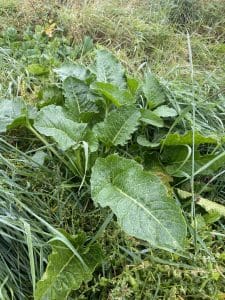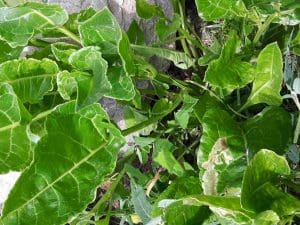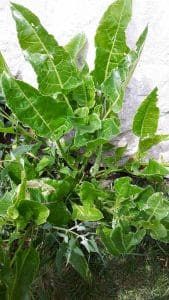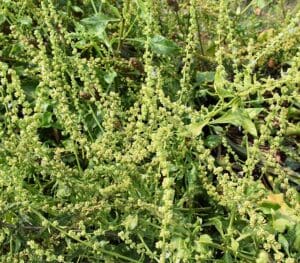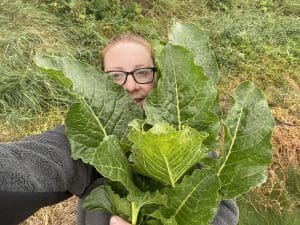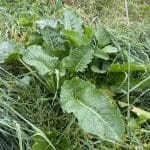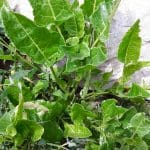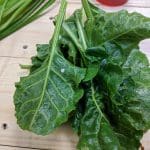Sea Beet / Spring / Summer / Autumn / Winter / Edible
Common Names
Sea beet, Wild spinach
Botanical Name
Beta vulgaris maritima
Scientific Classification
Kingdom – Plantae
Order –Caryophyllales
Family – Amaranthaceae
Why not watch our Sea Beet foraging video?
Physical Characteristics of Sea Beet
Sea beet is a sprawling perennial growing up to 1m, although rarely found standing up.
Leaves
Its leaves can vary in size greatly from 5-40cm in length and 2-20cm in width. They’re triangular to oval, glossy and dark green; the vein ridges are deep and obvious. Growing from one single point in the ground.
Flowers & Seeds
Each plant will produce a number of long thin stems up to 1m long, full of minute green flowers and seed pods between July-September.
Habitat
Found growing on shingle beaches, coastlines, and wastelands by the coast.
Known Hazards
None Known
Could be confused with
Possibly confused with Sea Kale (Crambe Maritima) although sea kale leaves are very wavy, more of a green / yellow and are really quite different when you see the two plants together.
Edible Use
Stem & Leaves: wilted, steamed, baked, stir-fried, for wrapping food.
Flower & Seeds: in salads, and as leaves except for wrapping food.
Click here to see our favourite Sea beet recipes.
Notes on Herbal uses
Traditionally used to cure intestinal tumours, although there is very little evidence that it is effective.
Extra notes from the Foragers
If you periodically cut back Sea beet, not the whole plant but up to 40% of its shoots it will continue to produce fresh young leaves throughout the year. Leaves growing in shaded places will be a lot larger and are perfect for wrapping fish before putting on the BBQ or beach fire.



